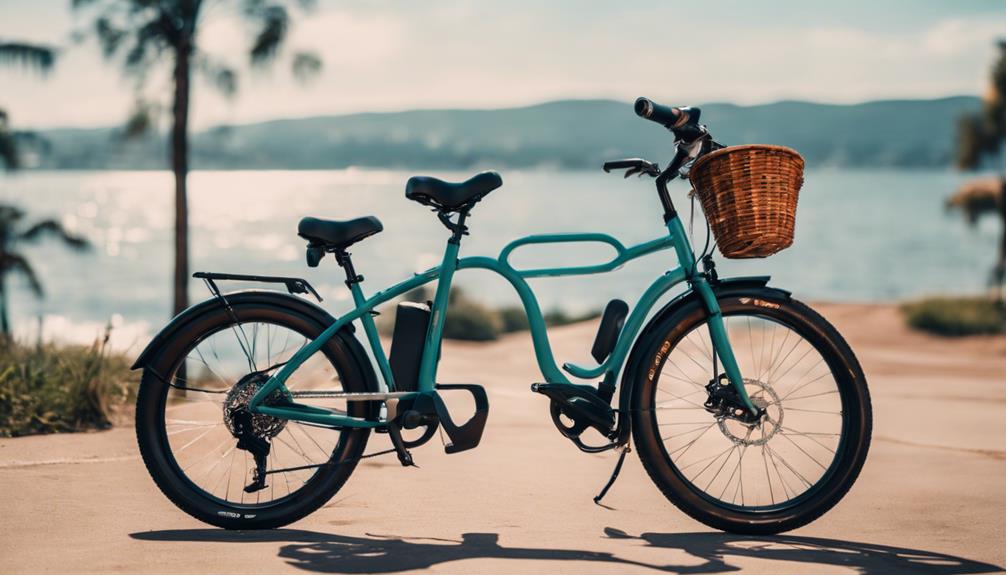When it comes to cycling, whether for recreation, commuting, or competitive sports, the bicycle seat—or saddle—plays a crucial role in the overall experience. A comfortable and well-fitted bicycle seat can enhance performance, reduce the risk of injury, and make long rides more enjoyable. In this article, we will explore the various types of bicycle seats, factors to consider when choosing one, and tips for maintaining your seat to ensure a comfortable ride.
Understanding Bicycle Seats
Bicycle seats come in various shapes, sizes, and materials, designed to cater to different riding styles and preferences. Understanding the anatomy of a bicycle seat can help riders make informed choices.
Parts of a Bicycle Seat
A typical bicycle seat consists of several key components:
- Cover: The outer material, which can be made of leather, synthetic materials, or foam, affects comfort and durability.
- Padding: Varying thickness and density of padding can influence comfort levels during rides.
- Shell: The base of the seat provides support and shapes the overall design.
- Rails: These are the metal pieces underneath the seat that attach it to the seat post.
- Cutouts and grooves: Some designs include anatomical cutouts to relieve pressure on sensitive areas.
Types of Bicycle Seats
Choosing the right bicycle seat often depends on the type of cycling you plan to do. Here are some common types of bicycle seats:
1. Road Bike Seats
Road bike seats are typically narrow and lightweight, designed for speed and efficiency. They have minimal padding to reduce weight and allow for better power transfer. Examples include:
- Prologo Dimension
- Fizik Arione
2. Mountain Bike Seats
Mountain bike seats are often wider and more padded than road bike seats, providing additional comfort over rough terrain. They may also feature more durable materials. Some popular choices include:
- WTB Volt
- Selle Italia X1
3. Commuter and Hybrid Bike Seats
Commuter and hybrid bike seats are designed for comfort during longer rides and often feature wider profiles and more cushioning. Examples include:
- Selle Royal Respiro
- Brooks England B17
4. Specialized Seats
There are also seats designed for specific needs, such as:
- Women’s Specific Seats: Designed to accommodate female anatomy, such as the Specialized Power Woman’s Saddle.
- Gel Seats: Often used for added comfort, gel seats conform to the rider’s shape and reduce pressure points.
Factors to Consider When Choosing a Bicycle Seat
When selecting a bicycle seat, consider the following factors to ensure comfort and support:
1. Riding Style
Your cycling style greatly influences the type of seat that will work best. For example, competitive cyclists may prefer lighter, narrower seats, while casual riders may benefit from wider, cushioned seats.
2. Fit and Comfort
Ensuring the right fit is essential. Here are some tips:
- Measure your sit bone width: This can help you find a seat that matches your anatomy.
- Test different saddles: Many bike shops offer a fitting service to help you find the right seat.
3. Gender Considerations
Men and women have different anatomical needs when it comes to bicycle seats. Seats designed specifically for women often have wider cutouts and are shaped differently to provide better support.
4. Padding and Support
The level of padding can significantly affect comfort. Consider the following:
- Minimal padding for road cycling (better power transfer)
- More padding for casual or recreational riding
Case Studies and Statistics
Research shows that the right bicycle seat can significantly impact overall cycling comfort:
- A study conducted by the Journal of Sports Sciences found that improper seat selection could lead to an increased risk of saddle sores and discomfort, affecting performance.
- According to data from the International Journal of Sports Medicine, cyclists who switch to a more suitable saddle report a 30% decrease in discomfort during long rides.
Maintaining Your Bicycle Seat
Once you’ve found the right bicycle seat, proper maintenance can extend its life and ensure ongoing comfort:
- Cleaning: Regularly clean your seat with mild soap and water to prevent wear.
- Inspect for Damage: Regularly check for cracks or tears in the cover or padding.
- Adjusting the Angle: Ensure that your seat is at the right angle to avoid discomfort.
Conclusion
Choosing the right bicycle seat is an essential aspect of cycling that can greatly enhance your experience. With various types of seats available, understanding your riding style and personal comfort preferences is crucial. By considering factors such as fit, gender-specific design, and maintenance, you can find a bicycle seat that not only meets your performance needs but also allows you to enjoy your rides to the fullest. Remember that a comfortable seat can make all the difference, whether you’re commuting to work, hitting the trails, or racing on the road.
